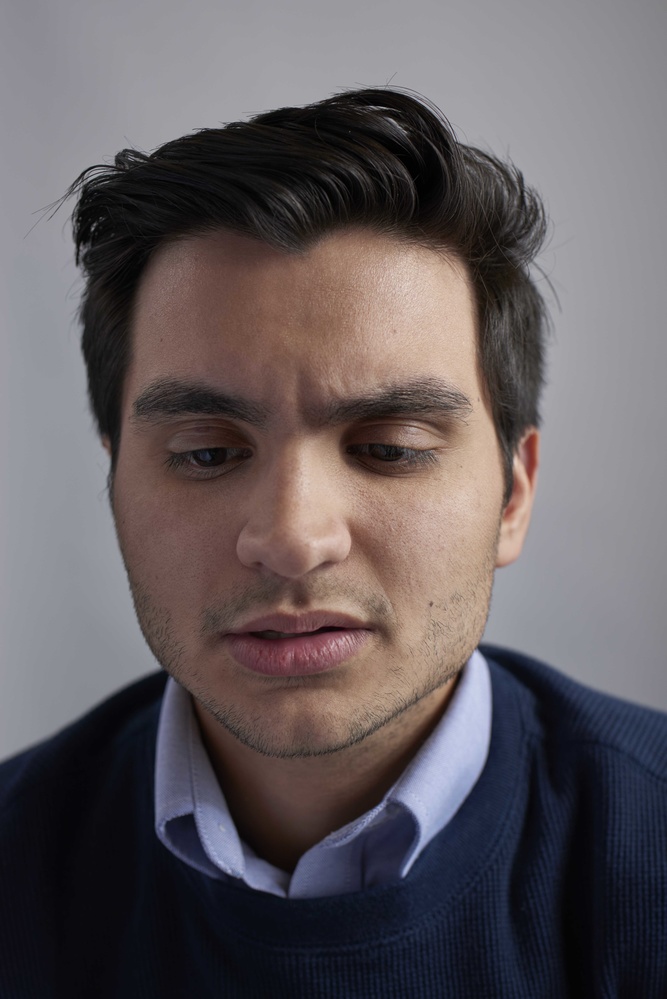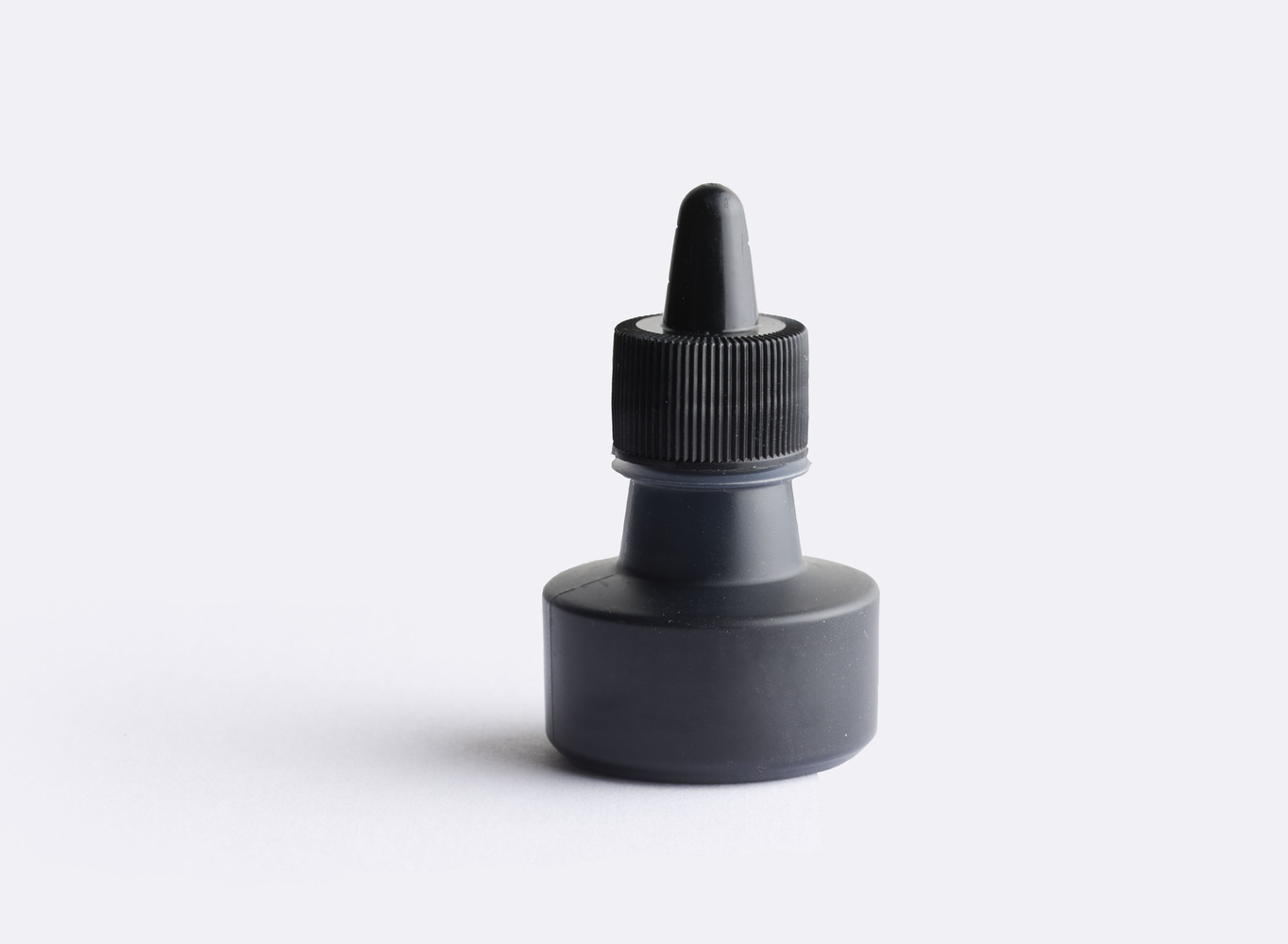I’ve always been a fan of big lights. There are certainly situations where they aren’t appropriate, but a lot of my work is centered around big, soft light. What has always drawn me to large sources of light is their versatility. Almost every subject looks good with soft light. Because large light sources cause such soft gradation in the shadows, they can be useful for both younger subjects with smoother skin, or even older subjects that may have wrinkled and scarred skin. However, there is one thing that should be cleared up: the definition of a large light source.
One of my personal favorite modifiers is the Westcott 7’ Parabolic Umbrella with its optional diffusion cover. It is enormous. I like to use it because I can maintain a good distance between my subject and the umbrella without compromising my soft light. Size is not the only determining factor of the softness of a light; distance plays an important role as well. The farther away a light is from your subject, the harder the light will be. A great example of this is the sun. The sun is huge, but it is incredibly far away. This is why you find such difficult and unflattering light on clear, cloudless days. There are workarounds for this, which I will cover in a minute.

So, what if you only have a small softbox that is, say, 24 in. square? There is a solution! Bring it close. For macro and headshot work, your framing will be so tight that you’ll be able to bring a light very close to the model. This will allow for dramatic, even lighting. Because of the relationship between size and distance, product photography can benefit from this as well. A 24 in. softbox suddenly seems gigantic when placed over or next to a ring or watch. 
Now, what if I want more that just their head and shoulders in the shot? Let’s say that I want to shoot a full body portrait. That 24 in. square softbox can still be used; we just need to add one thing to the equation: diffusion material. Personally, I prefer the Westcott Scrim Jim because of the frame and various size options. A scrim is essentially a piece of diffusion material (think the white cloth on the front of your softbox or a shoot-through umbrella) stretched across a frame. This allows for easier placement and more control of how it affects the light. So, here is what you can do: place your softbox as usual, then between the subject and the softbox (a little closer to the subject that to the softbox), place your scrim. This effectively increases the size of your light source. If you only have a small light to work with, but need more distance, this is a very effective cheat. Again, product photographers can benefit here. Having a scrim or roll of diffusion material in the studio will allow you to easily switch between small products or large products without changing modifiers. That 24 in. softbox could suddenly be 4 ft. by 4 ft. or 6 ft. by 6 ft. for use with bottles, furniture, or even automobiles. A lot of automotive work makes use of huge softboxes (think 10 ft. by 40 ft.) with several strobes fired through them.


For our next hypothetical, we’ll imagine we aren’t using strobes at all. Natural light can be a great tool in any photographer's repertoire, but it needs to be harnessed and understood properly. I touched on this a little last week with my article on interpreting light. Like artificial light sources, there are a variety of ways to modify natural light; you just need to get creative.

For one, scrims are great for outdoor shooting. If the sun is providing too harsh a light, simply throw a scrim over your subject and watch the shadows soften perfectly. If you ever look at behind-the-scenes content of fashion, beauty, or glamour photography, you will often see a large diffusion material (in some cases a tent) over the subject. This will allow you to have much better control of the light as you can then add strobes if need be.
Not every photographer can have an assistant to hold a scrim, and not every location allows for the schlepping of stands and clamps to hold a scrim up. In this situation, the environment is your best friend. Buildings, trees, awnings, or even patio umbrellas are just a few objects that you can use to create a soft light. Granted, you are more limited as to where you can shoot due to the reliance on objects that are present at that location, but knowing this could save a shoot if equipment were to break or a cloudy day suddenly gives way to harsh sun. 
Speaking of which, the weather can be a useful tool. It isn’t always possible, but booking shoots on a cloudy day can be very beneficial. The clouds act like an enormous scrim in the sky, softening the light for you and allowing you to shoot anywhere you please. But what if you want sunlight or that beautiful golden hour backlight? Add a strobe with some orange gel (make sure it’s a hard light source like a beauty dish or even a bare bulb), and you’re in business.
Large light can come in a variety of different forms. From flash, to continuous, to natural light, there are many techniques that allow you to soften or enlarge a light. Personally, large light sources have always been a favorite of mine, because I can use them for almost any portrait. If you’re starting out with photography, I would highly recommend looking at an Octabox around 45 to 50 in. in size, as they give you a big enough light to shoot wider compositions, without sacrificing versatility and ease of use. Having something like that in your bag is an essential failsafe should things not be going your way on a shoot. Next week, I will be covering hard light sources and how and why to use them.







Great article!
Also another great way to have an extremely natural looking light source is "book lighting" By bouncing your key into something like a reflector or foam core that is diffused with another layer of diffusion like the scrim jim you mentioned. Absolutely love that technique and use it quite a bit
Thank you! That is another great technique for sure. It's a great to mimic that soft window light.
Where are those apple boxes from? I need a set ASAP.
You can find them at filmtools.com or just amazon. Those particular ones are Mathews, around $40 at both places.